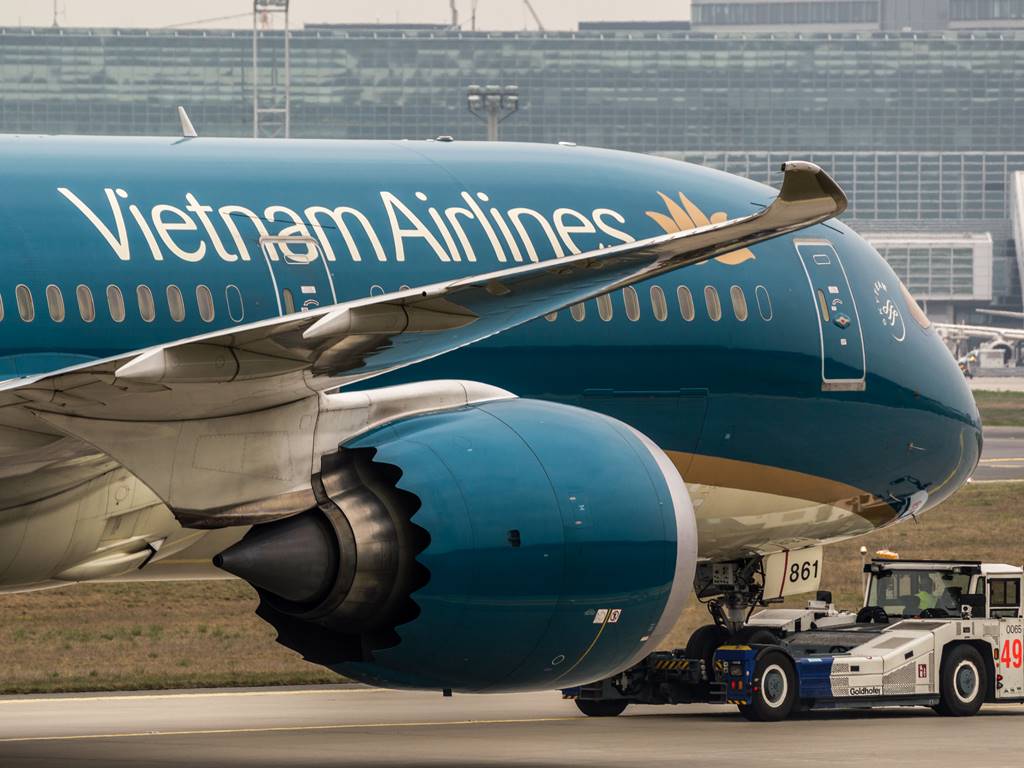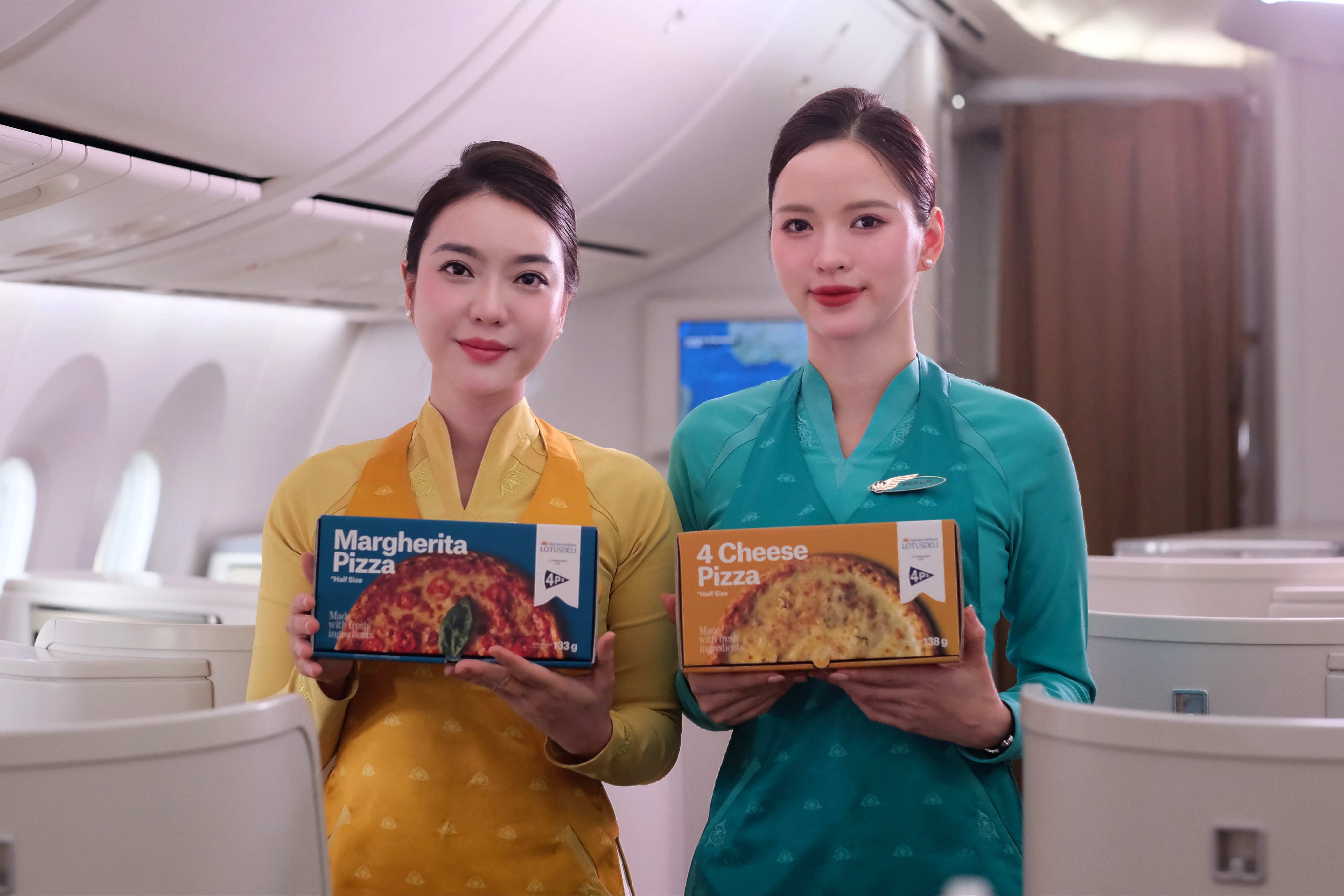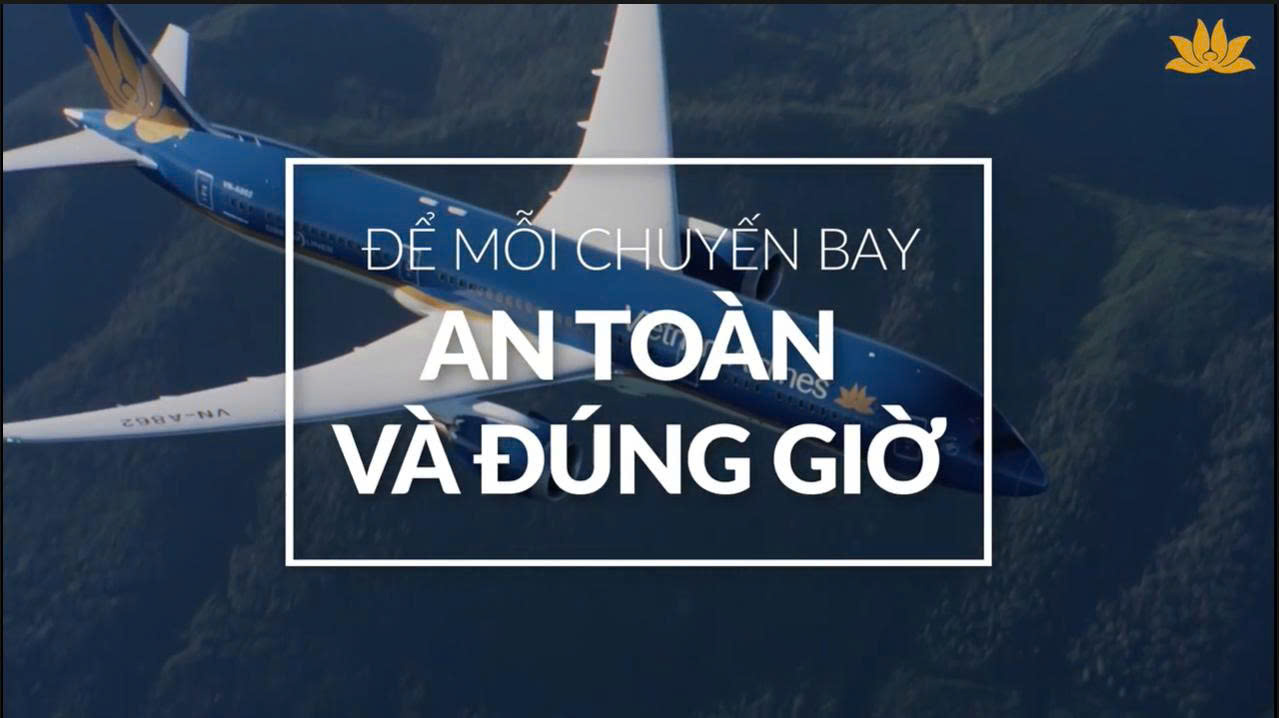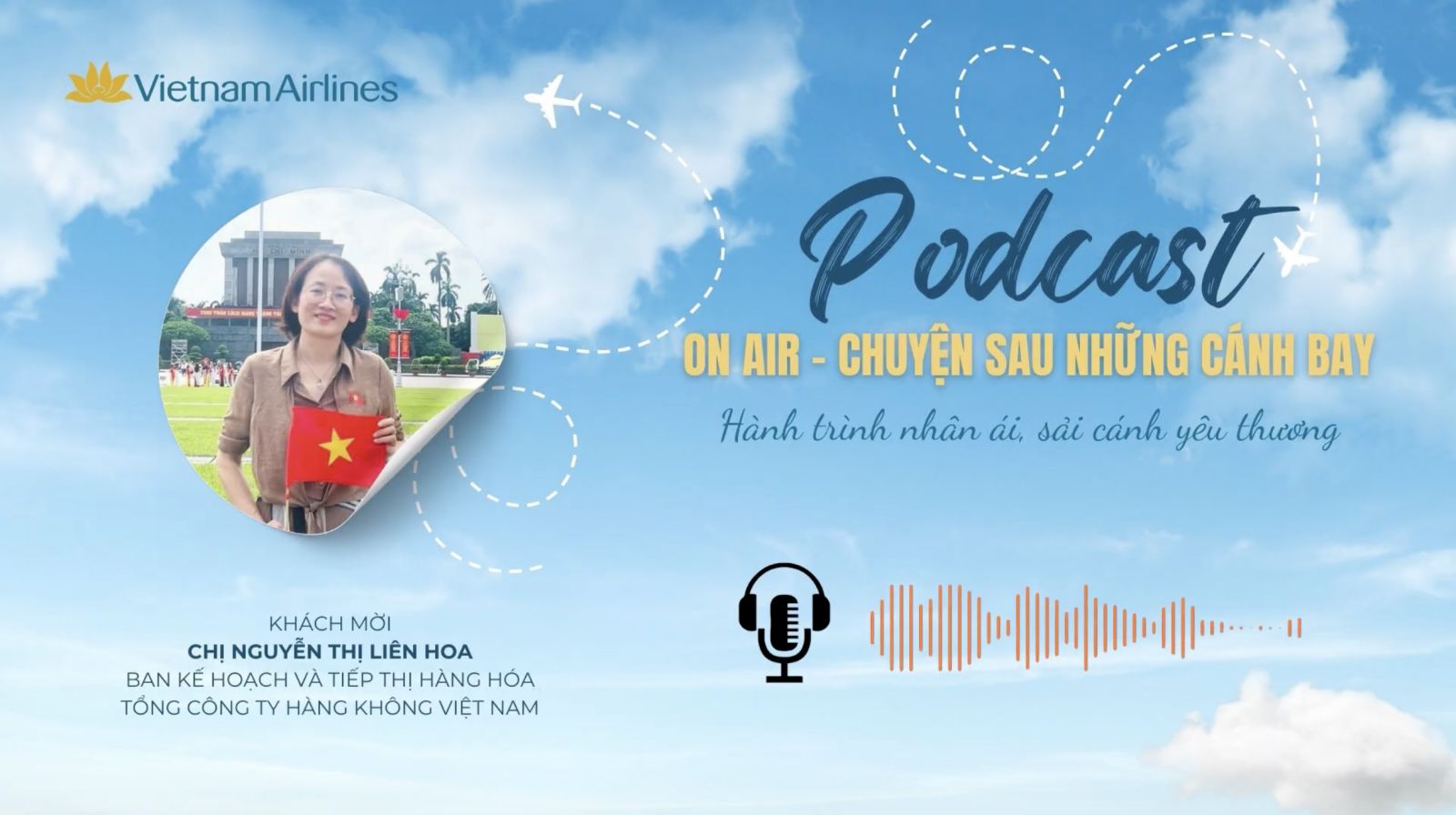Vietnam’s civil aviation authority estimates air passenger traffic will reach 131 million by 2020 following average growth of 16% last year and this year. By 2030, the authority expects 280 million civilian air trips per year.
“All the airplanes are full. The Hanoi-Ho Chi Minh trip is packed every day,” says Mike Lynch, managing director with SSI Institutional Brokerage in Ho Chi Minh City. “They put up airlines and they just fill right up.”
 A Vietnam Airlines’ aircraft is being towed at the airport. (Photo: supplied).
A Vietnam Airlines’ aircraft is being towed at the airport. (Photo: supplied).
One of the factors supporting that growth is the business travel that comes from rising foreign investment in low-cost manufacturing that requires factory visits, searches for supplies and conferencing with employees who may be spread from Hanoi to Tokyo.
Airlines are booming all over Asia on economic growth and the popularity of budget flying, but Vietnam’s passenger loads doubled the rest of Asia in 2017, business consultancy Dezan Shira & Associates says in a research note. That year, the consultancy says, 94 million passengers flew in Vietnam, including 13 million foreign nationals, up 16% over 2016.
Cheap labor has drawn foreign investors to Vietnam from developed regions of Asia to make furniture, car parts and electronics, to name just a few items. They are helping drive GDP growth of 6% to 7% per year. They also fly, as do their employees, partners and suppliers.
Vietnamese tourists are also adding to the boom as they visit 10 other nations in Southeast Asia without requiring a visa. Foreign travelers are flying over on tours of Vietnam’s French colonial architecture, karst peaks chiseled into the long tropical east coast and memorials to the Vietnam War. Last year, inbound tourism reached 15.5 million arrivals, about 20% more than in 2017, Dezan Shira’s research note says.
“It’s the combination of the business travel and the tourism together which are really making Vietnam so attractive for the aviation industry to grow,” said Rajiv Biswas, Asia-Pacific chief economist at market research firm IHS Markit.
Vietnamese passengers are motivated to fly now by falling prices and promotional offers driven by the heightened competition, Lynch says. Pleasure travelers tend to fly as families, explaining why planes are often full, he says. And the middle class-plus has hardly stopped growing: By 2030, the Boston Consulting Group forecasts, 16% of Vietnamese will be affluent compared to 5% in 2018. Vietnam leads the world in wealth growth, domestic news website VnExpress International says.
Airports are struggling to keep up. Travelers headed from the financial hub Ho Chi Minh City to Hanoi two hours away all but assume they’ll board a packed shuttle from a terminal to their aircraft, where a portable stairwell awaits. The airports can’t park all the planes right at a gate. “These airports have no capacity,” Lynch says. “You don’t have enough room. There are more and more airlines all the time.”
In response, the Transport Ministry plans to spend $15.4 billion by 2030 on developing 23 airports.
Who’s who behind the ticket counters
Eventually the airlines will face slower civil aviation growth, says Brendan Sobie, an independent civil aviation consultant in Singapore. That outcome “will inevitably lead to some adjustments,” he says.
But today the fleet is is growing. Here’s who’s in it:
The country’s state-invested, full-service carrier Vietnam Airlines was set up in 1956 and commands 40% of the home market with routes to 17 other countries. The airline’s group owns the regional carrier Vietnam Air Service Co. (VASCO) and 70% of low-cost Jetstar Pacific Airlines. The group announced in January a “historic profit” of 2.8 trillion dong ($121 million) for last year based partly on “robust demand.”
Vietnam Airlines competes mainly with Vietjet Air, a budget carrier that started domestically and around Asia eight years ago. VietJet Air claims 45% of the home passenger load based on 400 flights daily that have served a cumulative 100 million passengers. The carrier markets itself on fares and relatively new aircraft.
Cre: Ralph Jennings – Forbes
Nguyen Xuan Nghia – COMM
The latest arrival Bamboo Airways kicked off domestic flights in January just a week after getting its operator certificate. The airline calls itself a “hybrid” of budget fares and “high quality” service with routes designed to connect cities without transfers.
Now Ho Chi Minh City-based conglomerate Vingroup, which does everything now from smartphones to its own universities, is completing plans to launch Vinpearl Air, an investor relations liaison says. He says the parent company opened a school this month to train pilots and mechanics. The airline is set to fly next year. The conglomerate with a $14.1 billion market cap happens to be owned by Vietnam’s richest person, Nhat Vuong Pham.










